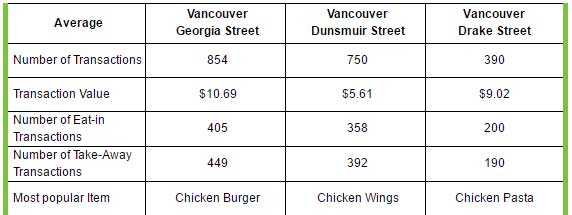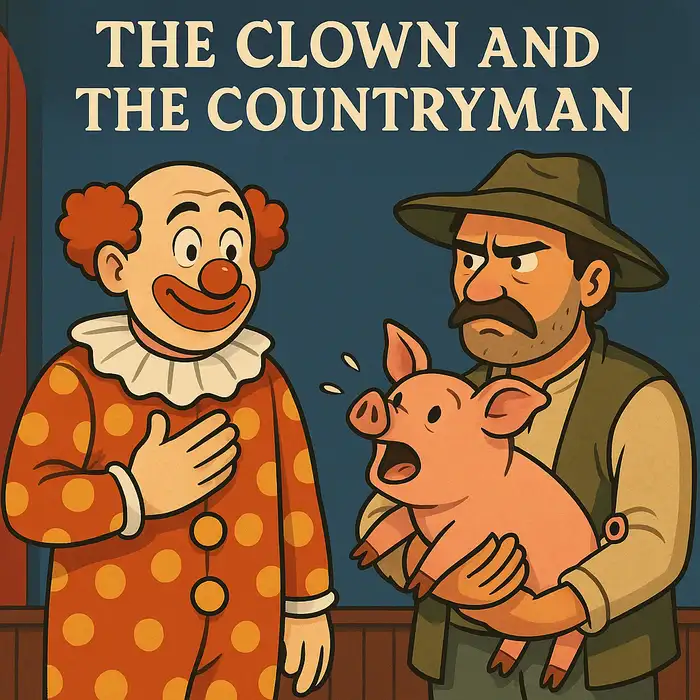IELTS Writing Task 1 Restaurant Chains IELTS Writing Task 1 Restaurant Chains Instructions: Visual Data: Noun The table above provides us with some information about a restaurant’s average sales in three different branches in 2016. Write a summary of the information given in the table by selecting and reporting the main points. You could make comparisons when necessary. LELB Student: Arash The table chart illustrates the performance of three branches in terms of food in Vancouver in the year 2016. Overall, as we can see, Georgia Street was the best place to trade in a chain of Vancouver’s restaurants. Another visible ...
Home » IELTS Essay Writing Practice » IELTS Writing Task 1 Restaurant Chains

IELTS Writing Task 1 Restaurant Chains
Updated: by Dr. Mohammad Hossein Hariri Asl
Time to Read: 3 minutes | 319 Views | 2 Comments on IELTS Writing Task 1 Restaurant Chains
Share This Post
About the Author
Dr. Mohammad Hossein Hariri Asl is an English and Persian instructor, educator, researcher, inventor, published author, blogger, SEO expert, website developer, entrepreneur, and the creator of LELB Society. He's got a PhD in TEFL (Teaching English as a Foreign Language).
Number of Posts: 4242



The table chart illustrates the performance of three branches in terms of food in Vancouver in the year 2016.
Overall, as we can see, Georgia Street was the best place to trade in a chain of Vancouver’s restaurants. Another visible trend is that the proportion of eat-in restaurants and take-away transactions were approximately equal in each agency, and take-away transactions were higher in comparison to eat-in almost all the branches surveyed.
358 eat-in and 392 take away transactions took place in Dunsmuir agency with Chicken Wings was the most popular food, in comparison to ChinckenBurger in Georgia Street and Chicken Pasta in a chain of Drake’s restaurants.
The performance of trades in Georgia Street was 854 in 2016. The figures for Dunsmuir and Drake Street were lower, at 750 and 390 respectively. Therefore, Georgia Street was ahead concerning the transaction value with $10.69, while $5.61 and $9.02 were respective rates of Dunsmuir and Drake branches.
To conclude, the number of eat-in and take-away trades in Georgia was 405 and 449 respectively, whereas in Drake Street, 200 transactions of eat-in diners and 190 transactions of take-away items.
Dear Arash,
Thanks for submitting your IELTS report on restaurant chains to us for assessment and scoring.